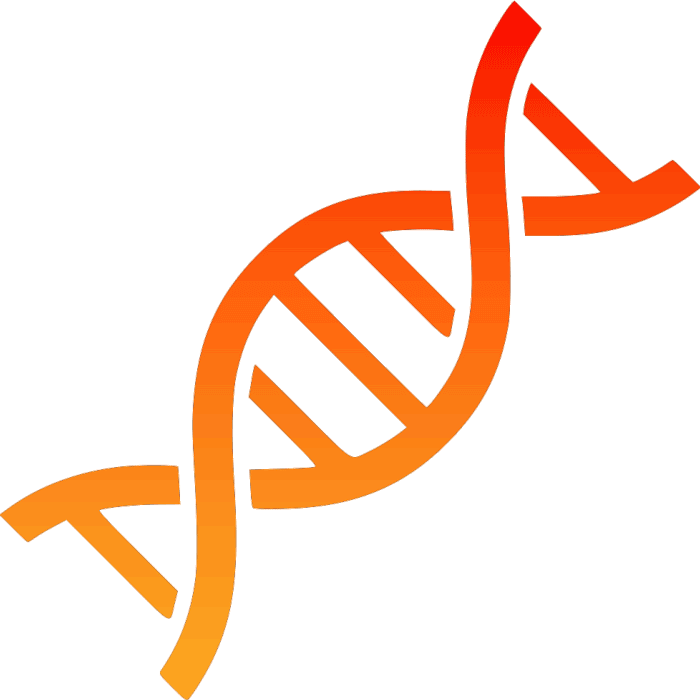While many of today's stressors are noticeable (money, relationships, traffic etc.), there are environmental triggers for stress that go by unnoticed.
If you've ever felt stressed, but can't quite find a reason for it, then chances are it is something in your environment triggering your stress response.
In today's blog you'll learn the basics of how your nervous system regulates stress, and how light can either cause, or reduce, your stress levels.
Stress And Your Peripheral Nervous System
Your peripheral nervous system (PNS) involves the part of your nervous system that is outside your voluntary control.
The nerves in your PNS control functions such as breathing, heart rate, and digestion.
Depending on how your PNS is functioning, it can either cause a stress response, or a state of relaxation.
When your PNS is in a stress response, we say the 'flight or flight' (also known as the sympathetic nervous system) is activated.
When your PNS is in a relaxation response, we say the 'rest and digest' (also known as the parasympathetic nervous system) is activated.
For example, imagine you suddenly saw a wild tiger come around the corner.
Your body would activate the 'fight or flight' response in order to ensure survival i.e. increase heart rate, increase metabolism, decrease digestive function.
While this is a great response in a short term situation, the problem occurs when your body stays in this stress response too long (which is often caused by outside factors, such as your light environment. More on that later.).
If your body spends too much time in a stress response, you'll experience negative consequences such as elevated stress hormones, a weakened immune system, and poor digestion.
How To Use Light To Beat Stress
The first part involves removing the type of light that causes stress.
While blue light from sunlight is good for you, when it comes from artificial sources (lights, cellphones etc.) it contains an unnaturally high concentration of blue light, which increases your stress hormone, cortisol.
This increased cortisol will increase your stress response during the day, and also destroy your sleep quality at night (read this blog to learn how to improve your sleep quality).
While studies have shown that blue light negatively impacts your stress hormones, it has been shown that red light has the opposite effect.
In fact, red light therapy has been clinically shown to increase melatonin (a powerful antioxidant and sleep promotor) by 75%, in as little as 14 days.
Using red light therapy (especially in the evenings) is a great way to increase your feelings of relaxation, while also improving your sleep quality.
A red light therapy device can also serve as an alternative light source before bed, further reducing your exposure to blue light.
If you're not sure which device would best suit your needs, simply take the Red Light Therapy Quiz here.
MYLIGHT
DEVICES
Every MyLight is designed
to get you results.
Choose your MyLight to
unlock your next level in
human performance.
Results. Guaranteed.


















